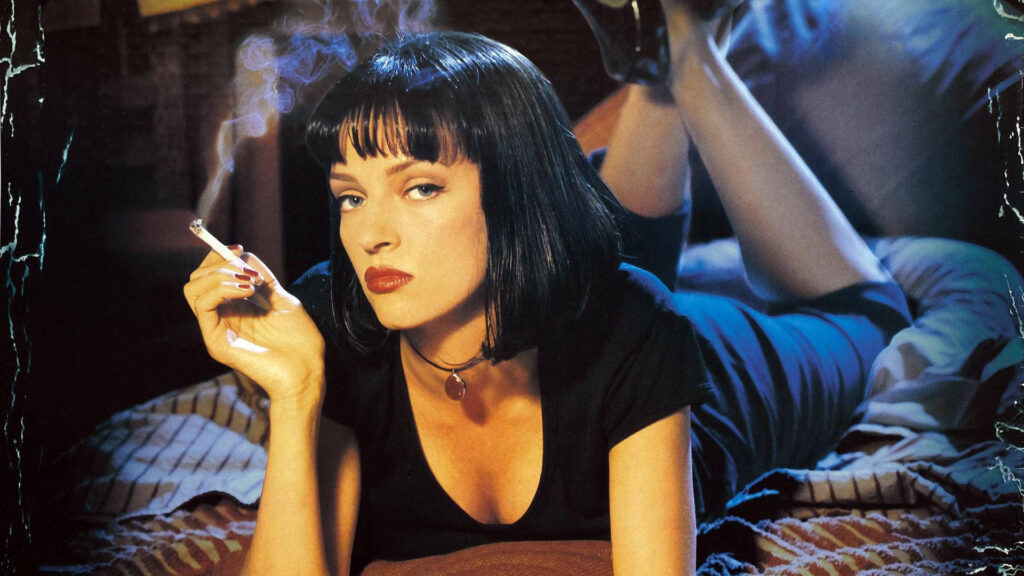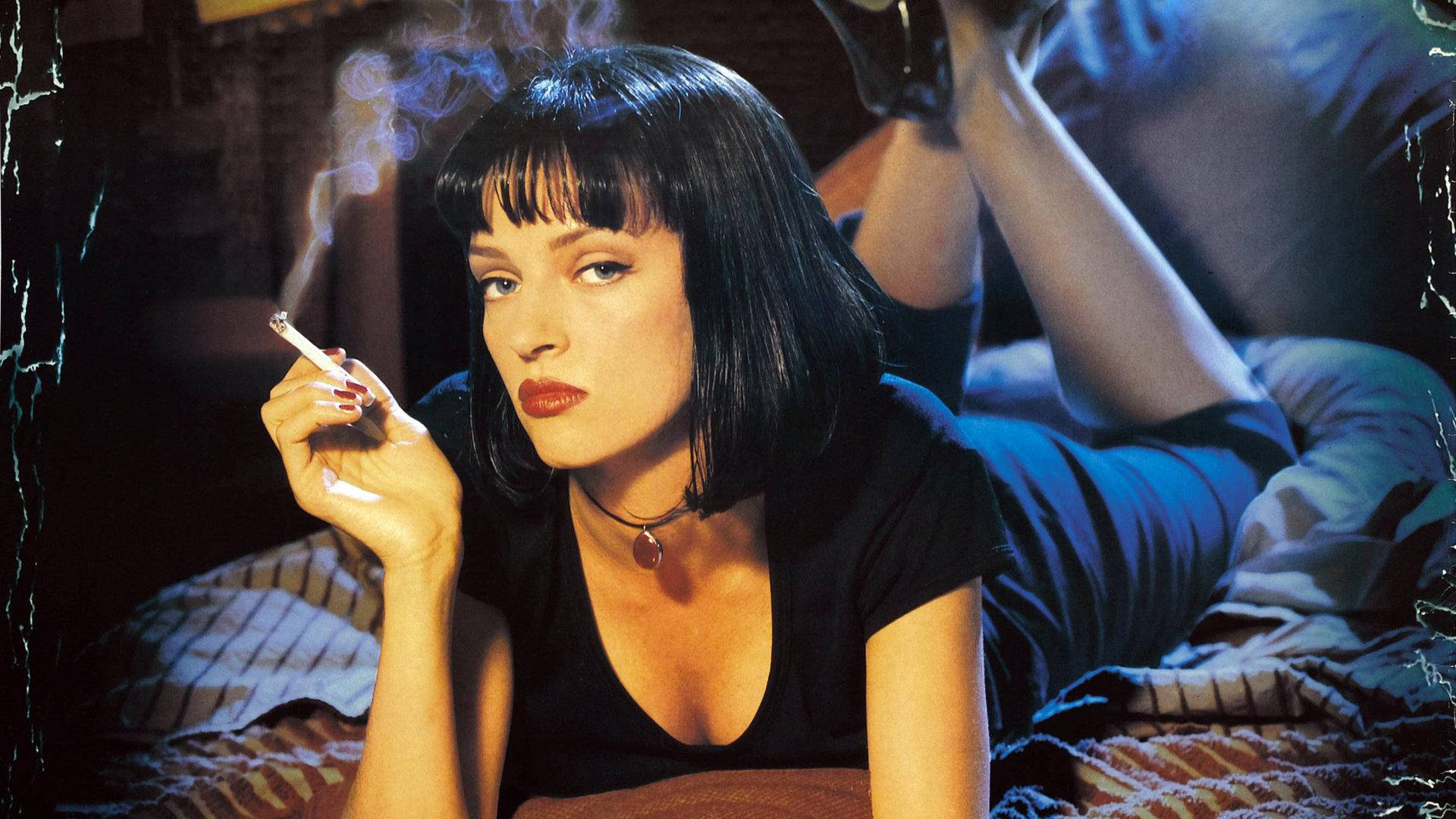
Decoding Pulp Fiction: A Deep Dive into Its Enduring Legacy
Quentin Tarantino’s Pulp Fiction. The very name conjures images of slicked-back hair, twisting narratives, and a briefcase of mysterious contents. More than just a film, Pulp Fiction is a cultural touchstone, a cinematic earthquake that redefined independent filmmaking and continues to influence storytelling today. This article isn’t just a summary; it’s an exploration into the film’s multifaceted layers, its groundbreaking techniques, and its lasting impact on cinema and beyond. We’ll dissect its narrative structure, analyze its iconic characters, and uncover the elements that contribute to its enduring appeal, examining why, decades later, Pulp Fiction remains a vital piece of cinematic art.
What Makes Pulp Fiction So…Pulp?
Pulp Fiction, released in 1994, is often categorized as a neo-noir crime film, but its influences are far broader. The term “pulp” refers to the cheap, mass-produced magazines of the early to mid-20th century, filled with sensational stories of crime, adventure, and the bizarre. Tarantino masterfully appropriates and subverts these tropes, blending them with elements of film noir, French New Wave, and even spaghetti westerns. The result is a unique cinematic cocktail. The film’s non-linear narrative, sharp dialogue, and stylized violence broke from conventional filmmaking norms, creating a unique cinematic experience.
At its core, Pulp Fiction is an anthology, weaving together seemingly disparate storylines that eventually converge. This fragmented structure, inspired by the pulp magazines themselves, invites the audience to piece together the narrative puzzle. The film’s strength lies not only in its plot but also in its unforgettable characters: Jules Winnfield (Samuel L. Jackson), a philosophical hitman; Vincent Vega (John Travolta), his heroin-addicted partner; Mia Wallace (Uma Thurman), the enigmatic wife of a mob boss; and Butch Coolidge (Bruce Willis), an aging boxer on the run. These characters, brought to life by stellar performances, are both larger-than-life and deeply human, grappling with moral dilemmas and existential crises amidst the violence and absurdity of their world.
The Tarantino Touch: Innovation and Influence
Tarantino’s directorial style is instantly recognizable. His films are characterized by their witty dialogue, pop culture references, and meticulously curated soundtracks. Pulp Fiction is no exception, featuring memorable conversations on everything from foot massages to fast food in Europe. The soundtrack, a mix of surf rock, soul, and R&B, became a cultural phenomenon in its own right, further cementing the film’s cool factor. The film’s use of violence, while often stylized and over-the-top, serves a narrative purpose. It’s not gratuitous but rather a reflection of the characters’ violent world and the moral ambiguity that permeates their lives.
The film’s impact on independent cinema is undeniable. It demonstrated that a non-linear narrative, coupled with sharp dialogue and strong character development, could resonate with a wide audience. It paved the way for a new generation of filmmakers who were not afraid to experiment with form and content. Pulp Fiction also revitalized the careers of John Travolta and Samuel L. Jackson, solidifying their status as Hollywood icons. The film garnered critical acclaim, winning the Palme d’Or at the 1994 Cannes Film Festival and receiving seven Academy Award nominations, including Best Picture.
A Closer Look: Deconstructing the Narrative
The brilliance of Pulp Fiction lies in its narrative structure. The film is divided into several interconnected segments, each with its own distinct tone and style. These segments are presented out of chronological order, creating a sense of disorientation and forcing the viewer to actively engage with the story. The film opens with the “Prologue,” featuring Pumpkin (Tim Roth) and Honey Bunny (Amanda Plummer) robbing a diner. This scene sets the tone for the film, introducing the audience to its quirky characters and unpredictable violence. The narrative then jumps to “Vincent Vega and Marsellus Wallace’s Wife,” which follows Vincent as he escorts Mia Wallace, his boss’s wife, for an evening. This segment is arguably the most iconic, featuring the famous dance scene and the accidental overdose. Next is “The Gold Watch,” which tells the story of Butch Coolidge, an aging boxer who refuses to throw a fight. This segment culminates in a shocking act of violence and redemption. Finally, the film returns to the diner robbery from the beginning, resolving the cliffhanger and bringing the various storylines together.
The non-linear structure is more than just a stylistic choice; it’s integral to the film’s themes. By shuffling the chronology, Tarantino disrupts the traditional cause-and-effect relationship, highlighting the role of chance and coincidence in shaping the characters’ lives. The fragmented narrative also mirrors the fragmented nature of pulp fiction itself, which often featured self-contained stories that were loosely connected. The film’s narrative tricks can be confusing on first viewing, but repeated watching allows the viewer to appreciate the intricacies of the plot and the subtle connections between the characters.
Iconic Characters: Beyond the Archetypes
The characters in Pulp Fiction are far more than just stereotypes. They are complex individuals with their own motivations, flaws, and desires. Jules Winnfield, played with mesmerizing intensity by Samuel L. Jackson, is a hitman who undergoes a spiritual awakening. His iconic Ezekiel 25:17 monologue, though often misquoted, is a powerful expression of his newfound faith. Vincent Vega, played by John Travolta, is a charming but unreliable hitman with a penchant for heroin. His relationship with Mia Wallace is one of the film’s most memorable storylines. Mia Wallace, played by Uma Thurman, is a mysterious and alluring woman with a dark secret. Her dance scene with Vincent is one of the most iconic moments in cinematic history. Butch Coolidge, played by Bruce Willis, is an aging boxer who defies his boss and goes on the run. His story is a tale of redemption and self-discovery. These characters are not simply good or evil; they are morally ambiguous figures who make questionable choices in a violent world. Their flaws and vulnerabilities make them relatable and human, despite their often-outlandish circumstances.
The Mysterious Briefcase: A MacGuffin of Intrigue
The briefcase in Pulp Fiction is one of cinema’s most enduring mysteries. Its contents are never explicitly revealed, leading to endless speculation and debate among fans. Some believe it contains diamonds, while others suggest it holds Marsellus Wallace’s soul. Tarantino himself has remained coy about the briefcase’s contents, stating that it’s ultimately up to the viewer to decide. The briefcase serves as a MacGuffin, a plot device that drives the story forward without necessarily having any intrinsic importance. Its true value lies not in its contents but in its ability to motivate the characters and propel the narrative. The golden glow emanating from the briefcase adds to its mystique, suggesting that it contains something truly extraordinary. The briefcase has become a symbol of the film’s enigmatic nature, inviting viewers to interpret its meaning and significance.
The Royale with Cheese: Pop Culture Commentary
Pulp Fiction is brimming with pop culture references, from classic films to fast food chains. The famous “Royale with Cheese” scene, in which Vincent explains the differences between American and European McDonald’s menus, is a prime example. This scene is not just humorous; it’s also a commentary on cultural differences and the globalization of American culture. The film’s soundtrack is another example of its pop culture savvy, featuring a mix of classic and contemporary songs that perfectly complement the on-screen action. Tarantino’s films are often described as postmodern, meaning that they draw upon and subvert existing cultural forms. Pulp Fiction is a quintessential example of this approach, blending high and low culture in a way that is both entertaining and thought-provoking. The film’s references resonate with audiences across generations, adding to its enduring appeal.
Beyond the Screen: Pulp Fiction’s Enduring Influence
The influence of Pulp Fiction can be seen in countless films, television shows, and other forms of media. Its non-linear narrative structure, sharp dialogue, and stylized violence have become hallmarks of independent cinema. The film also helped to popularize the use of pop culture references and eclectic soundtracks in films. Many filmmakers have cited Pulp Fiction as a major influence, including Edgar Wright, Guy Ritchie, and Christopher Nolan. The film’s impact extends beyond the realm of cinema, influencing fashion, music, and even language. The term “pulp fiction” has become synonymous with edgy, innovative, and unconventional storytelling. Pulp Fiction is not just a film; it’s a cultural phenomenon that continues to shape the landscape of popular culture.
Why Pulp Fiction Still Matters
Decades after its release, Pulp Fiction remains a relevant and influential film. Its themes of violence, redemption, and the search for meaning continue to resonate with audiences today. The film’s innovative narrative structure and memorable characters have cemented its place in cinematic history. Pulp Fiction is a film that rewards repeated viewings, revealing new layers of meaning with each watch. Its influence can be seen in countless films and television shows, making it one of the most important and influential films of the past 30 years. Its impact on independent cinema is undeniable, paving the way for a new generation of filmmakers who are not afraid to experiment with form and content. Pulp Fiction is a testament to the power of storytelling and the enduring appeal of well-crafted characters. It’s a film that challenges, entertains, and provokes, making it a true masterpiece of modern cinema.
The Lasting Power of Pulp
Pulp Fiction is more than just a movie; it’s a cultural artifact. Its impact on cinema, storytelling, and popular culture is undeniable. From its innovative narrative structure to its unforgettable characters, the film continues to captivate and inspire audiences worldwide. It stands as a testament to Tarantino’s genius and the enduring power of a well-told story. Share your own thoughts and interpretations of Pulp Fiction in the comments below, and let’s continue the conversation about this cinematic masterpiece.

